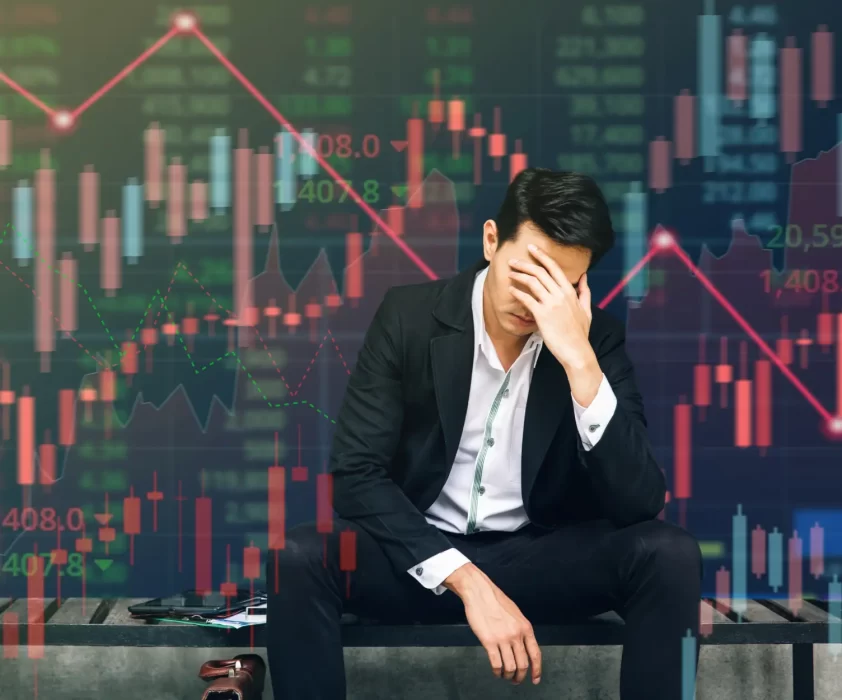
Background
The Phillips Curve is an economic theory that states that inflation and unemployment have a stable and inverse relationship; i.e., when unemployment is low, wage inflation drives up prices; and, when unemployment is high, spending is low, deflating the money supply as consumers reduce debt levels.
Let’s explore the relationships between employment and inflation using the Phillips Curve and how things may differ this time.
The Mandate
The Federal Reserve’s dual mandate is to:
- Promote maximum sustainable employment (without causing inflation), and
- Ensure price stability (with a low and stable inflation rate).
However, these policy goals seem at odds when viewed through the lens of the Phillips Curve, with tradeoffs to be made. You cannot have your cake and eat it too. Except, that is exactly what happened between 2000-2007 and 2016-2019. There was remarkably low unemployment and remarkably low inflation, a dichotomy compared to the stagflationary period of the 1970s (which disrupted the inflation/unemployment tradeoff and proved the model false).

“[The] persistent shortfall in inflation from our target has led some to question the traditional relationship between inflation and the unemployment rate., also known as the Phillips curve.… My view is that the data continues to show a relationship between the overall state of the labor market and the change in inflation over time. That connection has weakened over the past couple of decades, but it still persists, and I believe it continues to be meaningful for monetary policy.”
— Fed Chairman Jerome Powell (The Outlook for the U.S. Economy 2018)
So why do policymakers insist on the Phillips Curve as a tool if it is broken and doesn’t work? As Edmund Phelps and Milton Friedman pointed out, the model only works well in the short term if workers suffer from money illusion (seeing wages rise in nominal terms without realizing that prices have increased substantially).
In other words, you can trick workers and consumers in the short run by having their expectations not match the nominal reality, until they begin adjusting their expectations to align with actual events. Thus, the Phillips Curve works fairly well during periods of great uncertainty, which are prone to more significant fluctuations in unemployment and inflation.
The Great Financial Crisis was one such event that saw above-average unemployment coupled with deflation (and negative interest rates for some) for an extended period.
Likewise, the pandemic showed both extremes in short order, near zero inflation (and negative oil prices) coupled with record high levels of unemployment during the heights of the pandemic, with near-record levels of inflation and unemployment lows immediately following.
Conclusion
The reasoning behind the Phillips Curve makes intuitive sense since a tight labor market generates higher inflation, and unemployed people don’t typically spend much money. In practice though, people are resilient, updating their expectations until the economic paradigm shifts and assumptions are reevaluated.
Policymakers are using the framework of the Phillips Curve to make decisions. For inflation to decrease according to this model, unemployment will have to rise, with these changes occurring before consumers shift their long-term view.
Download the full article here.